World Fine Art Professionals and their Key-Pieces, 186 - Frederick Linck
World Fine Art Professionals and their Key-Pieces, 186 – Frederick Linck
Frederick Linck lives with his wife Conny at the Amsterdamse Veerkade in The Hague. In a shop window with black background some of their works can be seen, photographs by Frederick and sculptures by Conny.
On the ground floor is his workspace, with computers, studio and darkrooms. Conny has an entire attic as a studio.
Anything that has to do with people
On the walls pictures and other works of art. They also hang in the large living space on the first floor. Many photographs have been developed in black and white in his own darkroom. Although Frederick Linck partly switched to digital, he is still a big fan of the real analogue black / white photography.
Frederick photographs ‘anything that has to do with people’. In the past it was also called ‘social photography’, now the term ‘human interest’ is used. He also regularly makes still lifes.
How did he get on this path? Frederick Linck: “I grew up in it. Before I went into military service in 1958/59, I spent a year at the Hague Drawing Academy, now called the Royal Academy of Fine Arts, Dance and Music. I was especially busy with drawing there. After that year I joined the Dutch Navy and immediately got a marines training for the landing division. It was an exciting time: Cold War, New Guinea and the Cuba Crisis and in case of emergency I was immediately classified as a war crew on one of Hr. ms ships that would take part in any conflicts. As long as there was nothing wrong, I sailed deep-sea minesweepers in a squadron. At sea we heard at a certain moment that the Russian fleet was en route to Cuba. Fortunately, the whole thing blew over.”
Ed van Wijk
When he was waved off, Linck went to the Free Academy (Vrije Academie). There he met Ed van Wijk who taught there. “He had a Rolleiflex camera, I was impressed by that. ‘Can I watch?’ I asked him. ‘Go to the darkroom,’ was the answer.” There, he picked up enough to buy a second-hand Rolleiflex and start. “With that camera I was always close to people. With a camera in your hand you can let people do everything, I noticed. I come from a neat environment where it was expected that I would study something meaningful. My father came from shipping circles and after the war went to work for the K.L.M., where he was busy on the construction of Schiphol Airport. But I was in other circles, I got to know The Hague through chronic truancy and was a student of three MULO’s without getting any diplomas. I did spend however a lot of time on the study departments of libraries because I was eager to learn. In The Hague I got to know the artist world and the underground. The connections between those two worlds are excellent. At that time I made a lot of hitchhiking trips through Europe where I met many of my kind on the way. ”
“At that time I lived in an old fisherman’s house in Scheveningen where I made my first photos and guided Gerard Fieret in the art of printing. My first photos were purchased by the Print Cabinet of the University of Leiden.”
Teacher
At that time, the city center of The Hague was considerably in decline. The whole area where the town hall now stands crumbled off and was demolished, that was also the case in the neighborhoods towards the Schilderswijk. With another artist Linck had a studio in the Rozemarijnstraat, also in a battered building. After some wanderings – Southern France, former Yugoslavia, Greece, Paris, Linck became an employee at Max Koot studio, visited Harcourt Paris studio, met Paul Huf and Jan Versnel and other celebrities. He worked briefly for Norbert Buchsbaums Gallery, who promoted him at the photo festival in Arles. Unfortunately, this meant that he would have to continue working in his style at the time, and that was too much of an attack on his freedom.
School for Photography and Photonics
In 1974 he received a request from the former Parliament photographer and board member Theo Meyer to teach at the School for Photography and Photonics at the Tarwekamp in The Hague. The entire board and teaching team consisted of top photographers. “In addition to every discipline in photography, there was an Audio-Visual, Video and Photonics department (scientific photography) and the associated teachers. Since Antonioni’s Film BLOW-UP came out photography was booming and students came from far and wide to this Mecca of Photography. All kinds of equipment was present and was often delivered without profit by Kodak / Hasselblad, Source-color, Sony, Agfa, Ilford etc …. There were several large studios and darkrooms. The entire third year also consisted of two compulsory internships. At the graduation ceremony students immediately had a job or assignments. Among the students there were many who stood out and later made a name for themselves in journalism or the visual arts. The later merger with the art academy and the conservatory did not do this training any good. ”
For no less than 37 years, Frederick Linck was a lecturer at the school for Photography, the Academy of Fine Arts in The Hague, the Rijksakademie Amsterdam and the Academy of Fine Arts in Ghent. He also gave many lectures, workshops and was a much-asked juror.
“I’ve enjoyed it all those years. If you had a great idea, a project, a study trip, you went to the director, we did not do meetings too much, we did that in the corridors. Ten years ago, in 2007, I said goodbye with a nice party. ”
Key period
When asked about a key work, he says that he does not have a key work, but a key period that put him on the right track. It was in the sixties. “With a folder of your work you went to photographers. I went to work with a number of photographers, including Max Koot. He was a court photographer and photographed the Royal Family. He always said to me: ‘Better a bad photo of the queen than a nice photo of your neighbor girl’.” Later he met Paul Huf, a nice man, both good and commercial. “The entire photographers’ world in the Randstad (Amsterdam-The Hague-Rotterdam-Utrecht) counted no more than 200 people. Once a week, you met your colleagues when processing your film at Capi-Lux at the Basisweg Sloterdijk. Long conversations and cozy talks with Steye Raviez and Wubbo de Jong. Then I got the hang of the profession. ”
Frederick calls himself a photographer, not a visual artist. “I hate the word art. At the Academy we talked about ‘Photographic design’, you give shape to ideas, and you do that applied or autonomously. And then see how you sell it. ”
Freedom
How does he experience art life? “Art is freedom for me. I was born in the war (1942). I still have memories of it, for example the air alarm and the arrest of my father for the Arbeitseinsatz. After the war my parents said ‘we have had that, finally we can continue our life as it was’. But the new youth was not the same as before the war. We ran away from home, we didn’t give a shit about school, started hitchhiking, for example to Paris and southern France, where we learnt about existentialism. But also to East Berlin and Yugoslavia. I had a Dutch flag on my backpack. It is the time of the Beat Generation. We went to jazz clubs in The Hague. Then came my Naval time and then I lived in Paris, America and three years in Greece.” In Greece he was a construction worker, among other things. “You had nothing in your pocket, so you had to earn it somewhere.”
Artist portraits
We walk downstairs, to the ground floor, the workspace of Linck. He is busy sorting and categorizing and digitizing his photographs. He wants to make his photos available to photo institutions in a neat way. He has already collected a lot in show folders. We look at a number of folders and also the book Vader / Dochter (Father / Daughter), which he made with his daughter, Georgia Landman-Linck, who is also a photographer, in 2014.
He picks up one of the collection folders with portraits of visual artists: I see Paul Citroen, Sierk Schröder, Piet van de Heuvel (Napaku), Ralph Prins, George Lampe, Lotti van der Gaag, Ed van Wijk, Nol Kroes, Loes Wiegman , Dirk de Herder, Joop Polder, Johan van den Berg and Joke van Katwijk. “And much more. I like faces. Photography is based on mutual trust, you are busy with someone for at least half a day. ”
Furthermore, circus photographs (he has photographed almost all European circuses), photographs of demolished buildings in the then crumbling center (“Sometimes the municipality deliberately put the fire in it.”), residents of that time, the Hague Market, fairs, pubs and everything that happens on the street.
Fantasy
Photos from around the Mediterranean: Cap Antibes and Greece, Thessaloniki, where he lived for years. Everyone lives on the street, I see, a formerly chic street, now a bit of decayed glory. A donkey, a woman on a threshold. “It was quiet there all day.” Linck married there and has three children, half-Greek. One is a photographer and now lives in America. He also made a book with her. A nice book. His daughter made photos – in color – of fathers and Linck black and white photographs of daughters. There is a picture of a young Phil Bloom passing by.
Does he have a nice philosophical conclusion? He has. “For the students of Leiden University who participated in a program in collaboration with the KABK, the Royal Academy, I once wrote a lesson about ‘The power of imagination’ and how to give shape to your fantasy instead of literally using the existing knowledge. These learning trajectories were intended to stimulate the students in independent thinking about solutions. I stated that it is very important to learn to think unscientifically, ‘Out-of-the-Blue’. Fantasy is freedom, I am convinced of that. That should already be taught in kindergarten. ”
Images: 1) Book 2, En Passant, girl in city park Prague, 1997, 2) Book 2, En passant, school class Thessaloniki, 1973, 3) Bathing girls Koninginnegracht, 1974, 4) En passant, boys with cross bike, 1998, 5 ) Timeless, airshow in the Buffalo region, NY State, 1995, 6) Visual arts, transvestite theater Chez Nous, Berlin, Sugar Mc Neill in dressing room, 1981, 7) En passant, boy with python, Amsterdamse Veerkade The Hague, 2003, 8 ) En passant, boy dressed as a veteran, Malieveld The Hague, 2006, 9) En passant, The Hague boys Groeneweg, 1978, 10) Frederick Linck
https://bit.ly/2yDDa9q
https://www.pulchri.nl/kunstenaars/frederick-linck
https://ifthenisnow.eu/nl/verhalen/de-wereld-van-de-haagse-kunstenaar-74-frederick-linck
Disclaimer: The views, opinions and positions expressed within this guest article are those of the author Walter van Teeffelen alone and do not represent those of the Marbella Marbella website. The accuracy, completeness and validity of any statements made within this article are not guaranteed. We accept no liability for any errors, omissions or representations. The copyright of this content belongs to Walter van Teeffelen and any liability with regards to infringement of intellectual property rights remains with the author.


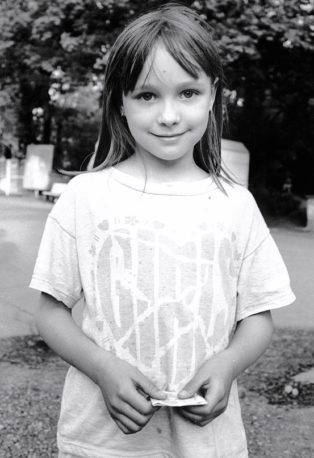
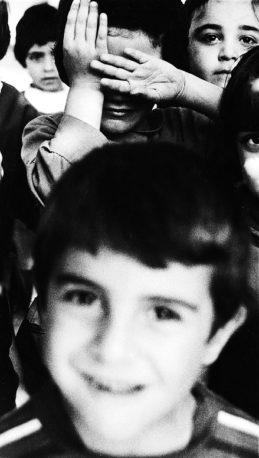
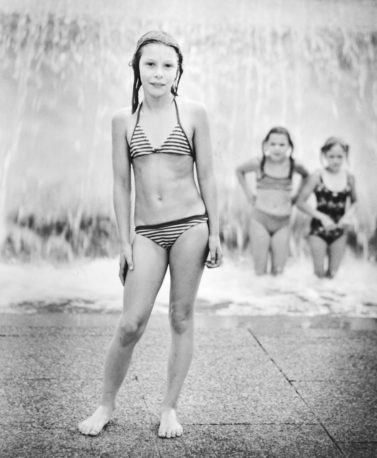
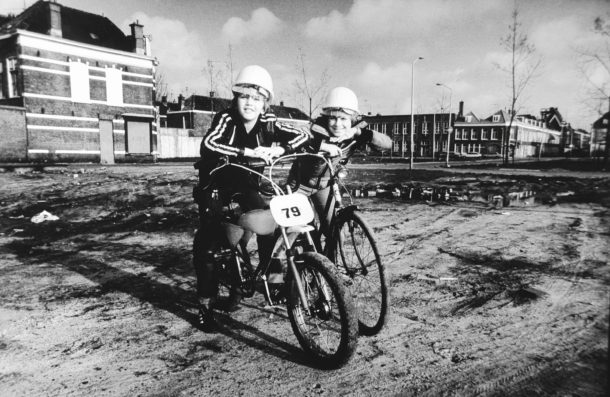
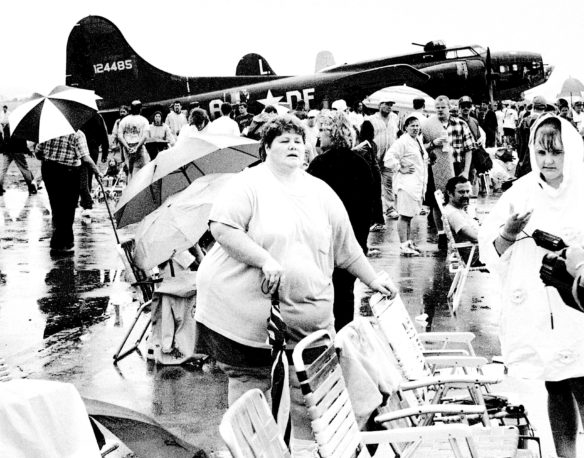
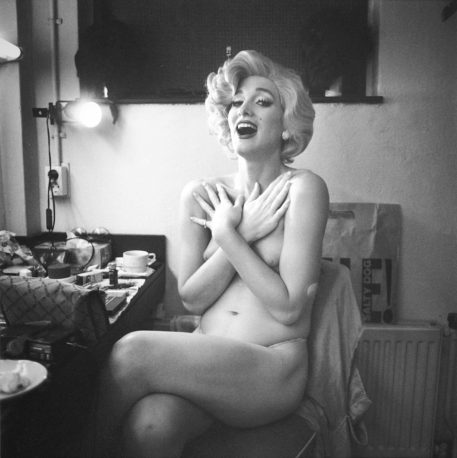
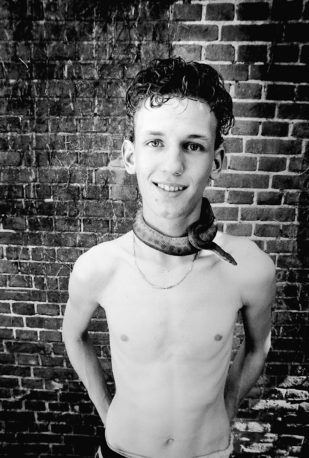
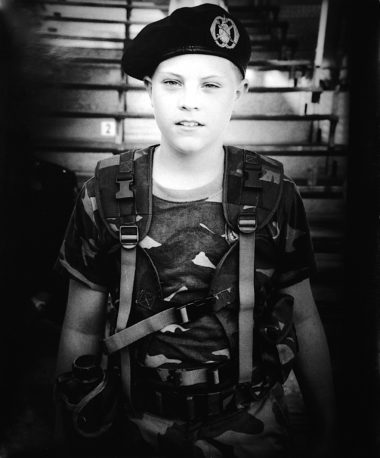
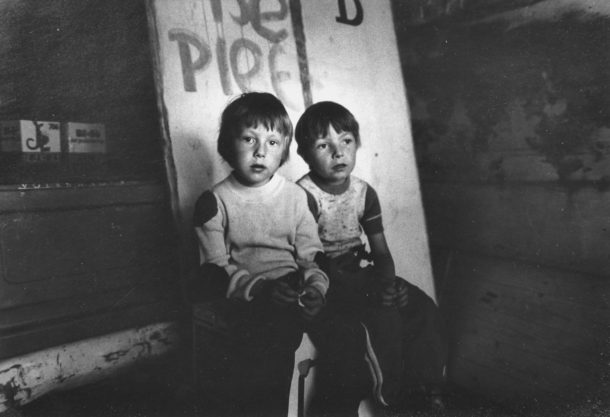














The opinions expressed by individual commentators and contributors do not necessarily constitute this website's position on the particular topic.